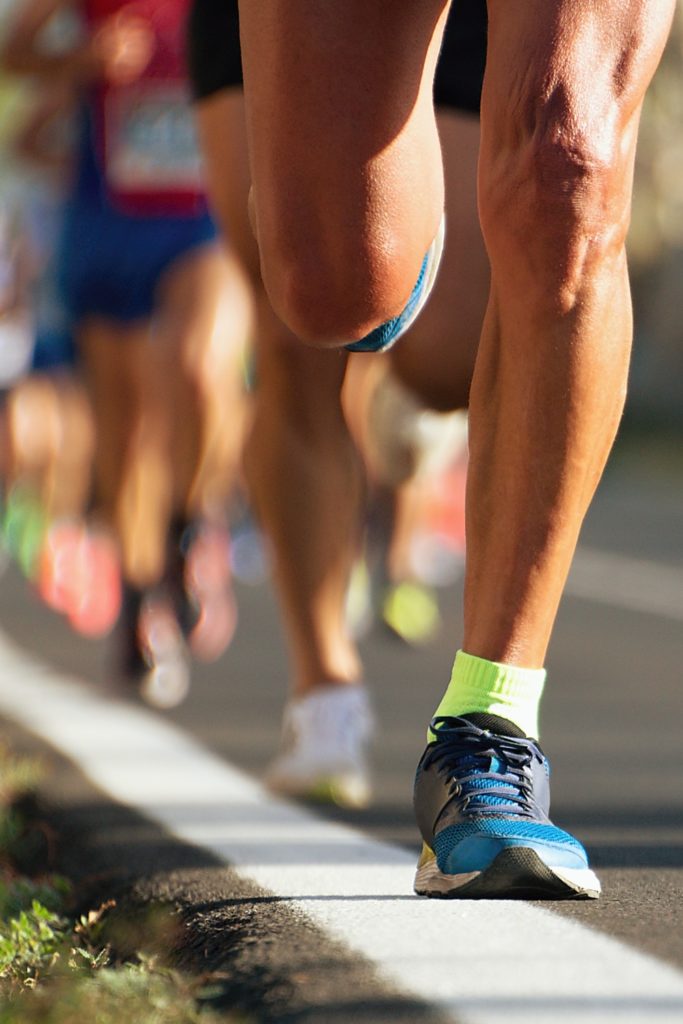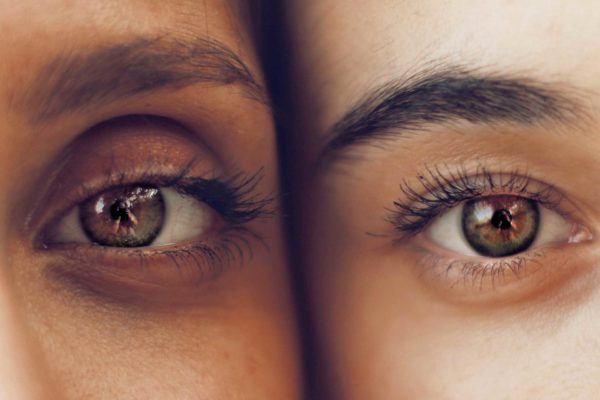What Is Glycation? A Guide To Measuring Skin AGEs
By
2 years ago
Everything you need to know about Advanced Glycation End Product (AGE) measurement

When you hear people talking about skin AGEs, you might think they’re talking about the visible signs of ageing. But AGE is actually referencing Advanced Glycation End Products. AGEs are the result of sugar-protein reactions in the body, and have been linked not only to age-related diseases but also to skin ageing and damage. But how can you keep track of your glycation levels? (And what can you do about them once you’ve measured them? We spoke to Mr. Tariq Karim, founder of Santi London, to find out more.
What Is Advanced Glycation End Product (AGE)?
‘Advanced Glycation End Products (AGEs) are a group of harmful compounds that form when proteins or fats combine with sugars in a process known as glycation,’ explains Karim. ‘This reaction occurs naturally in the body and is influenced by various factors, including ageing, diet, and certain health conditions.’
How can it help your clients?
‘AGEs can accumulate in various tissues, including the skin, over time. When they build up, they can lead to a range of negative effects, particularly in terms of ageing and tissue damage. In the context of skin health, AGEs are known to play a significant role in the ageing process and can contribute to wrinkles, loss of elasticity, and other signs of ageing.’
What other techniques do you use when assessing clients?
‘The formation of AGEs can be accelerated by diets high in sugars and unhealthy fats, as well as by lifestyle factors such as smoking and exposure to ultraviolet (UV) radiation,’ says Karim. ‘In addition to skin ageing, AGEs have been associated with various health issues, including diabetes complications, cardiovascular diseases, and neurodegenerative disorders.’
What would be the next step after a visit to the skin lab?
‘By measuring the levels of AGEs in the skin, we can gain valuable insights into the impact of glycation on an individual’s skin health. This information allows clients to develop more precise and targeted skincare strategies and personalised treatment plans to address the effects of AGE accumulation and promote healthier skin. We are uniquely positioned to be able to measure collagen levels, skin pH, skin hydration, hair thickness and many other skin and hair parameters.’
Can you reverse glycation?
‘You can’t reverse glycation,’ says Karim, unfortunately. ‘However, there are strategies and treatments aimed at reducing the formation of AGEs and minimising their effects.’
About Santi London’s Skin Lab Service
Santi London offers Advanced Glycation End Product (AGE) measurement in its Skin Lab service. The service offers clients a deeper understanding of their skin’s health in order to combat the effects of AGE accumulation, a significant cause of skin ageing. Santi London’s Skin Lab, known for advanced technology and expertise, provides a comprehensive analysis of skin condition by measuring AGE levels non-invasively. Following assessment, the team can offer personalised treatment plans to address AGEs impact on individual skin. santilondon.com/skin-lab
Featured image: Arianna Jadé, Pexels









